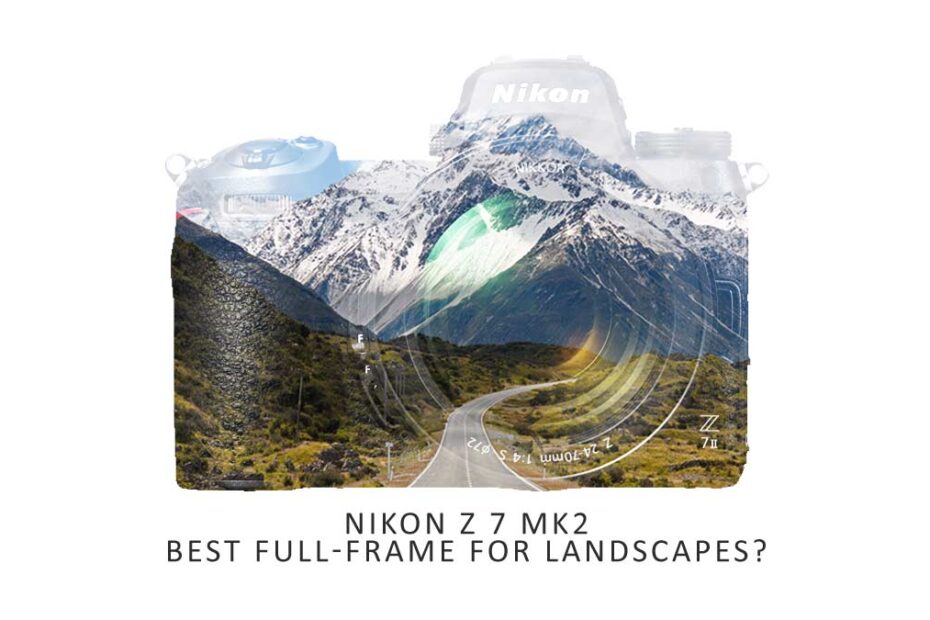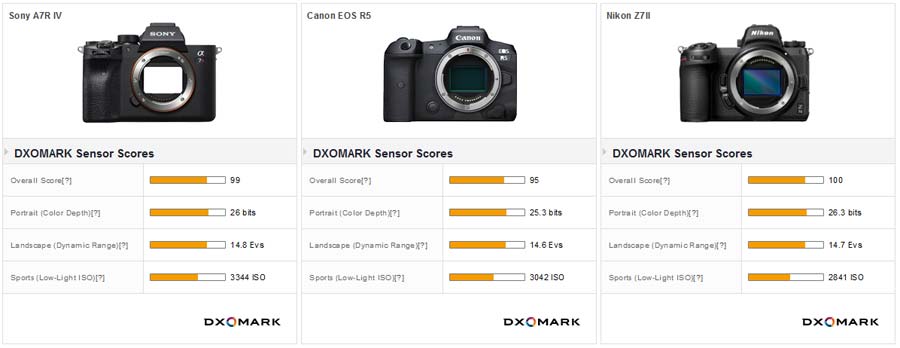In a recent video, DP Review compared the Sony A7r4 and the Nikon Z7 mark 2 to find out which is best for landscape photography. And thanks to its excellent image quality and landscape-friendly features such as focus shift and in-camera time-lapse, the Nikon edged out Sony’s 61-megapixel monster.
Then, Germany’s Foto magazine discovered the Nikon Z7 Mk2 delivers the best in-body image stabilization in its class. So, is the Nikon Z7mk2 the best camera for landscape photography? Here are 6 reasons why it might be.
Table of Contents
- 1. Image Quality
- 2. Image Stabilization
- 3. Build Quality
- 4. Lenses
- 5. Landscape photography features
- 6. Cost
- Conclusion
1. Image Quality
In terms of megapixels, the 61-megapixel Sony A7Riv is the full-frame camera to beat. That being said, the Z7ii’s full-frame 45.7-megapixel backside-illuminated sensor is no slouch either. In terms of megapixels, it narrowly beats the Canon R5 and sits just behind the Panasonic S1R. Read How many megapixels do you need

However, there’s more to image quality than megapixels. Unlike every camera without a Nikon logo, the Nikon Z7 Mk 2’s sensor is sensitive down to ISO64. This means its sensor has the potential to gather around 2/3rds of a stop more light than its ISO100-limited rivals. Read Whats a Stop in Photography.
As a result, the Nikon Z7 mark 2’s uncompressed 14-bit raw files contain plenty of dynamic range for boosting shadows and recovering highlights, as well as better noise performance. Read Raw Files Explained.
So, if you tend to photograph high-contrast scenes such as sunrises and sunsets, the Nikon Z7 Mk2 is one of the best cameras for landscape photography outside of medium format. Read Full Frame vs Medium Format sensor size
2. Image Stabilization
Officially, the Nikon Z7ii in-body image stabilization (IBIS) is rated to provide up to 5-stops worth of image stabilization. However, in a recent test by Foto magazine, the Z7 Mk2 IBIS system provided peak sharpness for up to 7-stops.
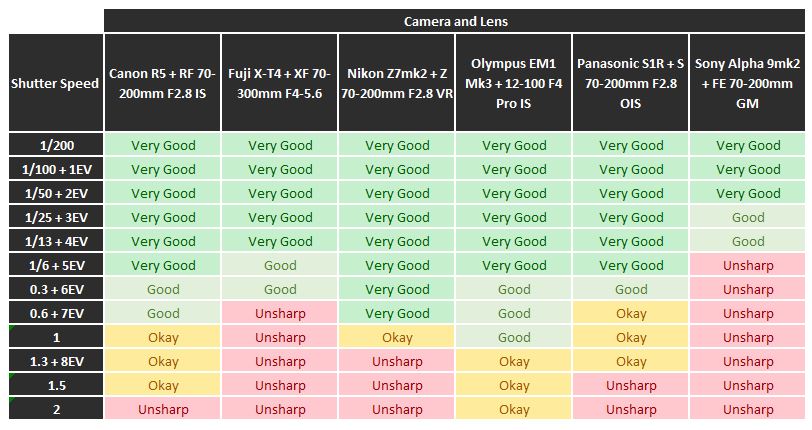
Not only did the Nikon Z7ii beat its own marketing team, but it also defeated the Canon R5, Panasonic S1R, and Sony A9ii.
As you may already know, image stabilization is ideal for landscape photography since it allows you to set much slower shutter speeds thus absorbing light for longer. Therefore, you reduce the likelihood of using high, image-degrading ISO’s and your dependence on tripods. Read What is ISO in Photography
3. Build Quality
As various tear-downs have shown, the Nikon Z7 is an exceptionally well-built camera. Not only is well-built, but it’s also nice to use and comfortable to hold. And if you are a long-time Nikon owner like me, the Z7mk2 is instantly familiar.
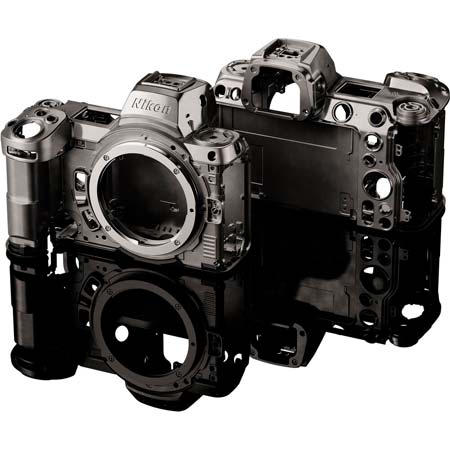
Unlike the Nikon D850, the Nikon Z7ii’s buttons are not backlit. And, since I shoot low-to-the-ground in portrait, I’d have much preferred a fully-articulated screen like that on Canon’s R5.
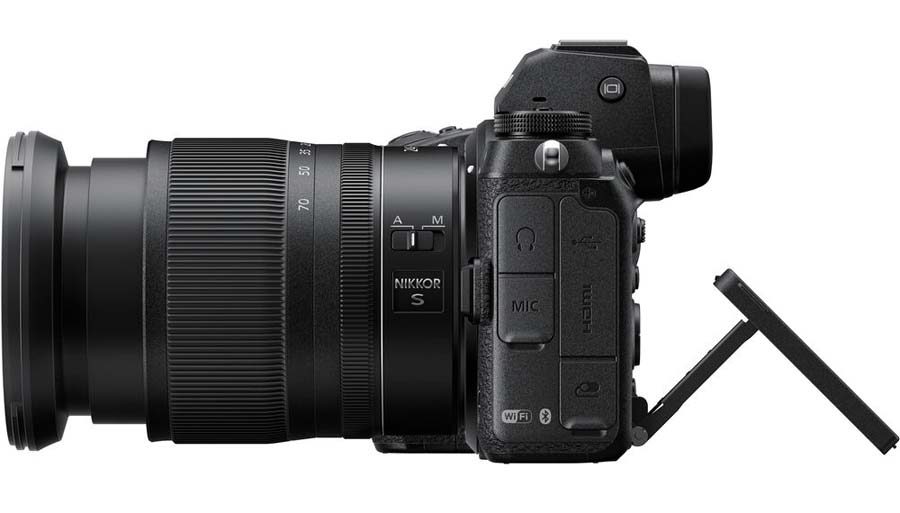
4. Lenses
For me, the best lenses for landscape photography deliver excellent image quality whilst sacrificing large apertures for a light, the compact form I’m happy to carry.
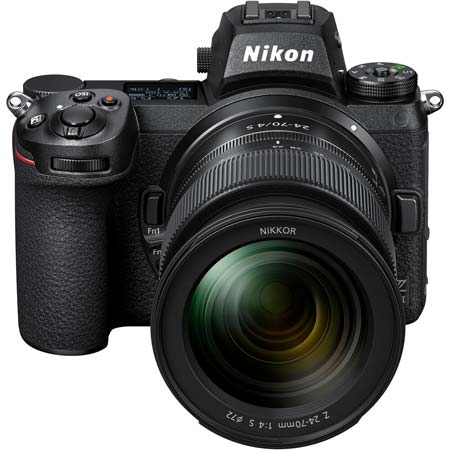
The awesome Nikon Z 24-70mm F4 is such a lens. Plus, it can be bought heavily discounted as part of the Z7ii kit. Add the compact ultra-wide Nikon Z 14-35mm F4 and you’ll be ready for a wide range of scenes and scenarios.
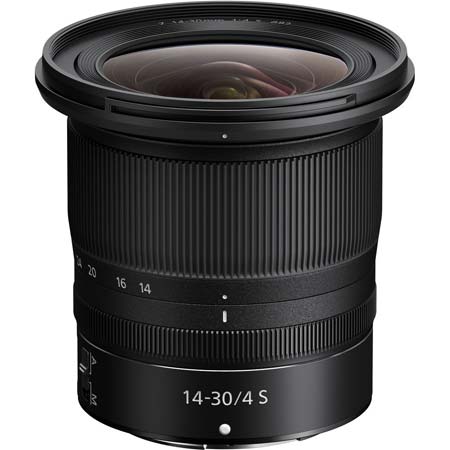
Sadly, Nikon has yet to release a compact premium telephoto zoom such as a 70-200mm F4. But until it does, you can mount the AF-S 70-200mm VR or any other AF-S F-mount lens using the FtZ adapter.
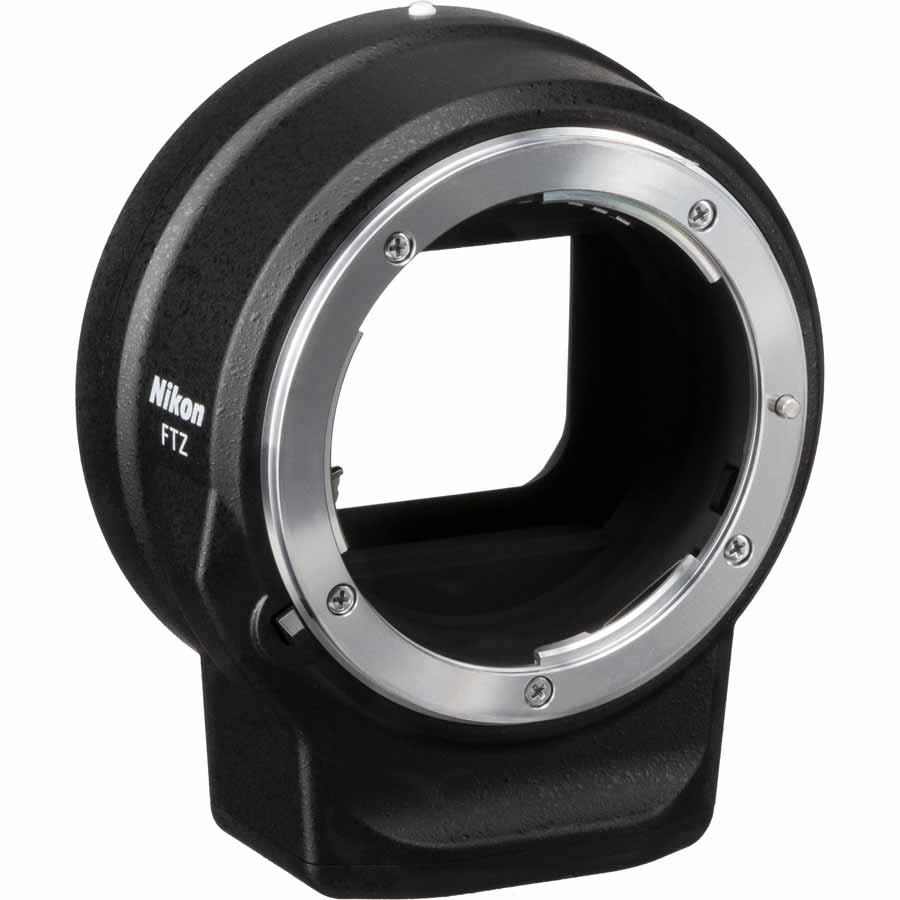
5. Landscape photography features
With the Z7 mark 2, you can capture and compile 4K time-lapses in-camera, and extend your depth of field using the flexible focus-shift feature.
Furthermore, there are some somewhat simple in-camera HDR options, and the ability to preview the effect of blending multiple exposures.
6. Cost
Of all the high-resolution full-frame mirrorless cameras on the market, the Nikon Z7 Mk2 is the cheapest.

Conclusion
Overall, it’s clear to see why so many believe the Nikon Z7ii is the best camera for landscape photography.
When it comes to landscape photography, image quality is king. And with its modern 45.7-megapixel sensor, unique ISO64 setting, and up to 7-stops worth of image stabilization, the Nikon Z7 mk2 is capable of taking amazing images of difficult scenes.
And with its compact form and rock-solid build-quality, it’s a camera you’ll be happy to carry with you in all kinds of conditions.
Finally, there’s the price. The Nikon Z7ii is cheaper than the Sony A7Riv and costs considerably less than the Canon R5. In fact, you can buy the Nikon Z7ii and the wonderful Nikon 24-70mm F4 for a similar price as an A7Riv body-only.
So whilst the Nikon Z7mk2 may lack bleeding-edge autofocus and 8K video, it wants for little when photographing slower or static scenes. And with its fantastic handling, landscape-friendly features, and aggressive price-point, it’s definitely worth a look.
